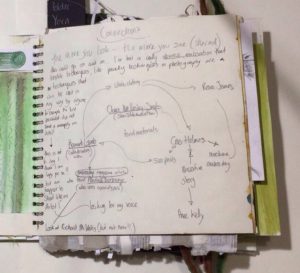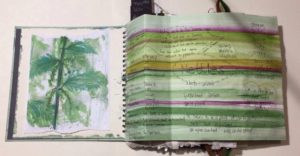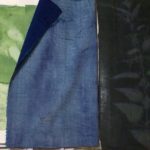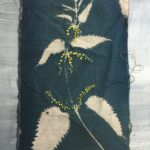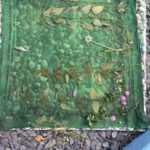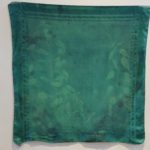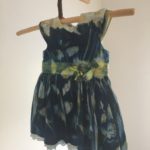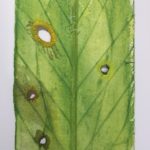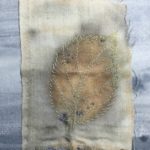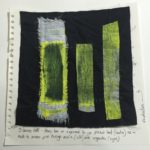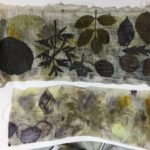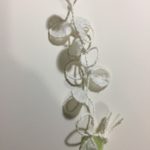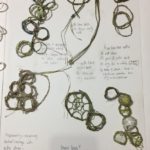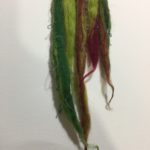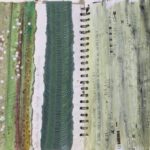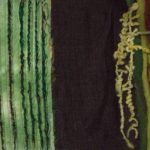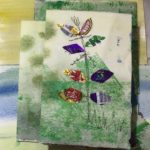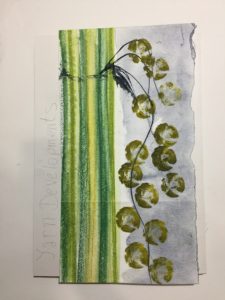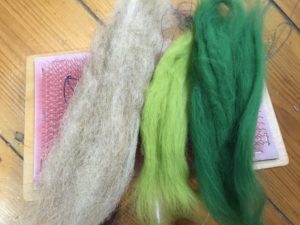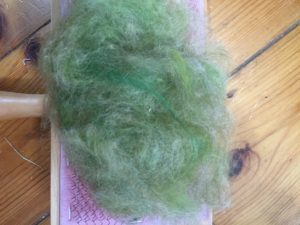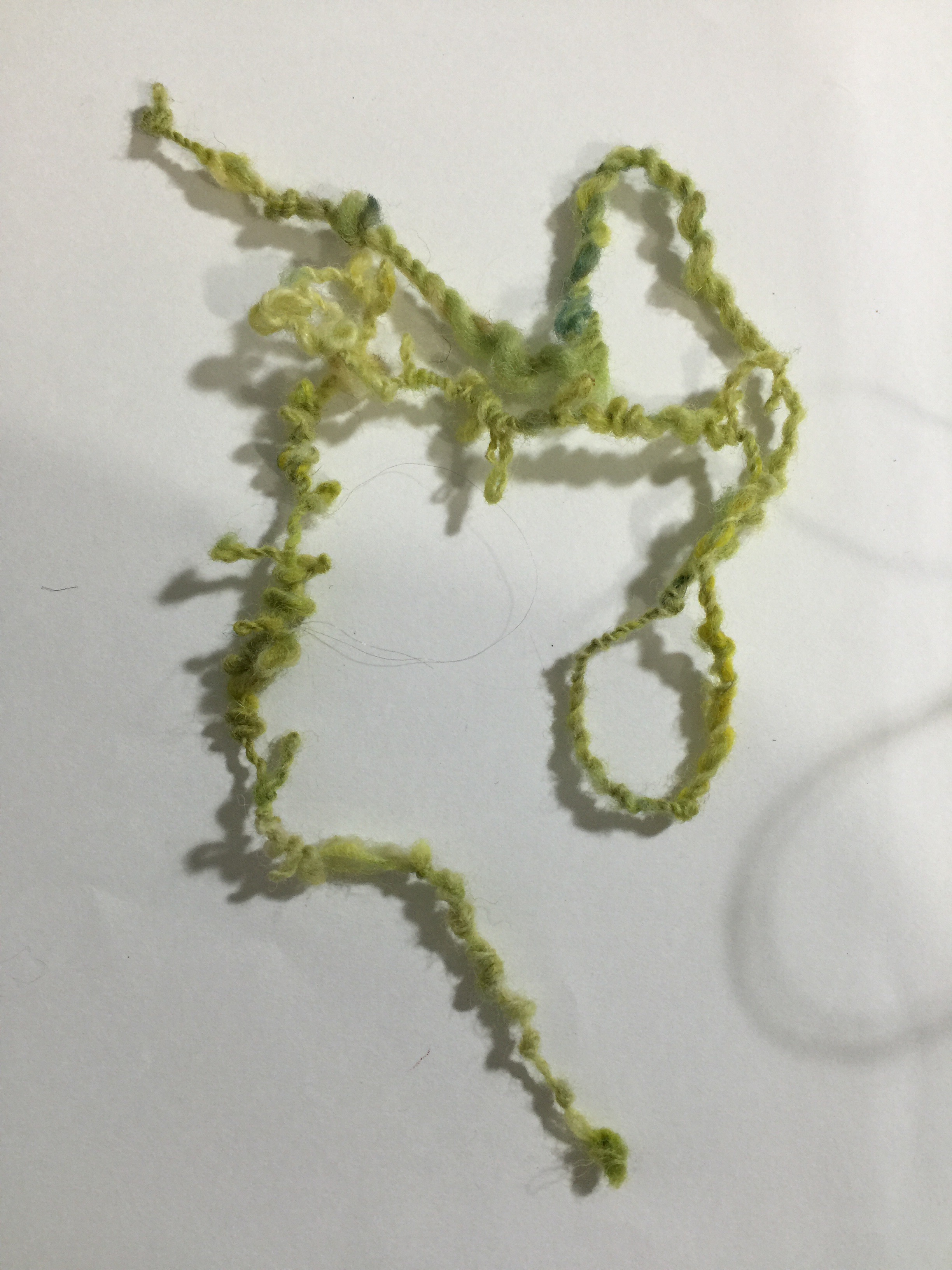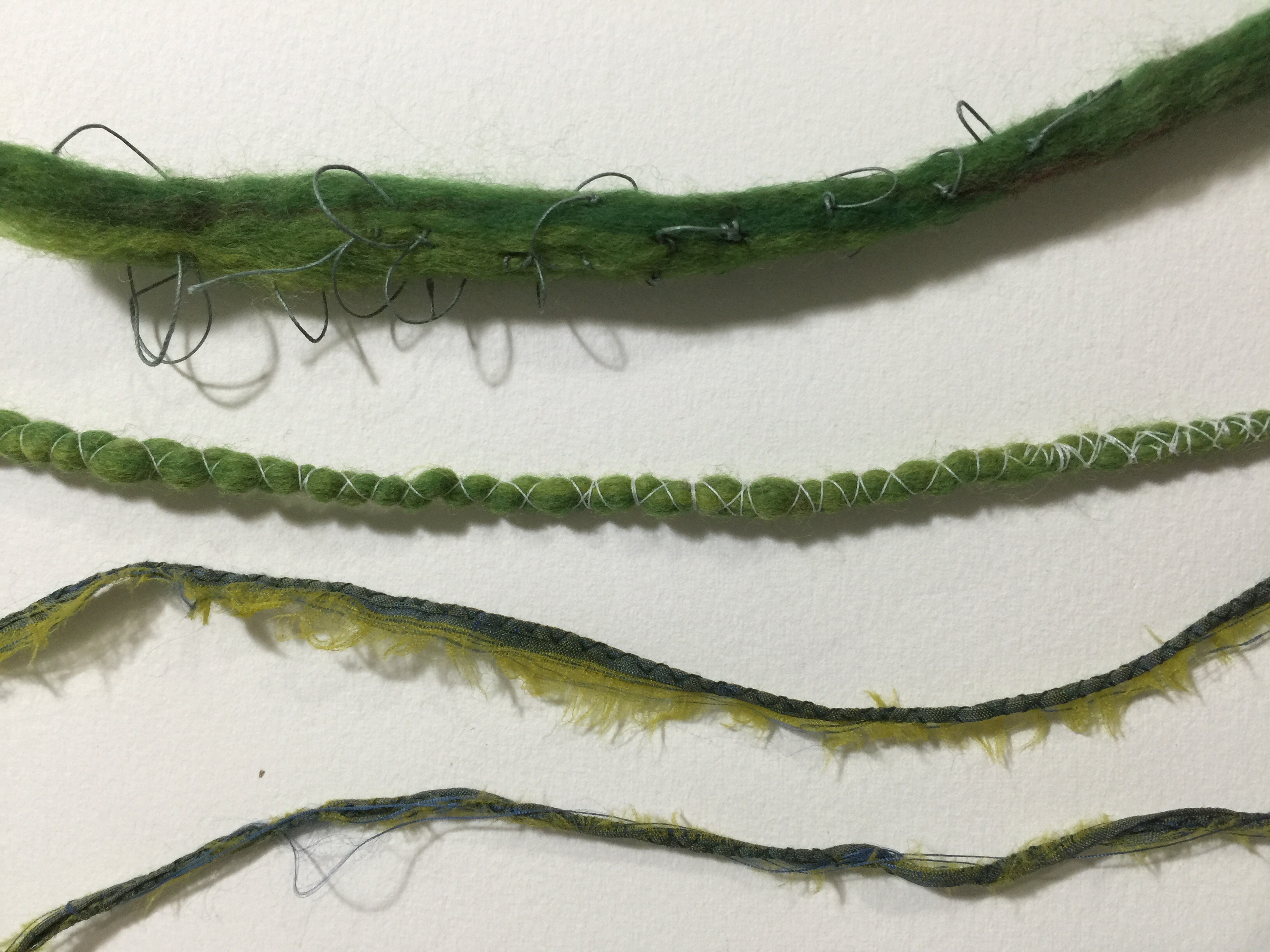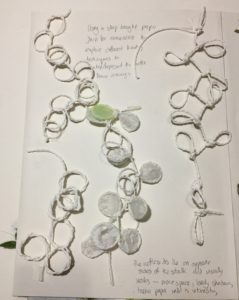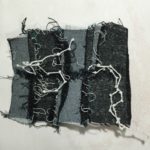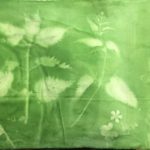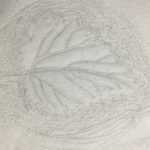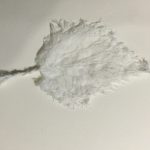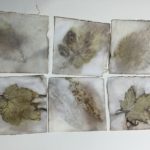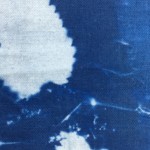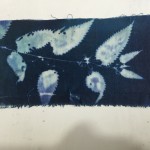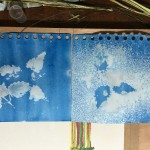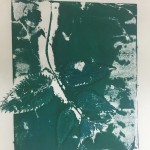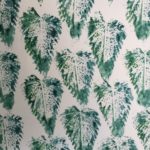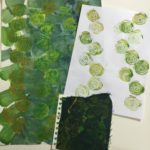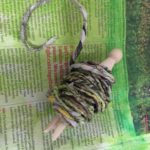For this project you should seek to find at least one artist or designer/design company whose work, way of working, application of techniques, handling of materials or use of colour you find particularly inspiring. Carry out some research to learn more about the aspects of their work that you find interesting and use this to build a small research file, to include visual and written information and reflection. In your learning log, reflect on what you can learn from this designer to influence your approach to your own work or way of working. Can you use this research to inform an aspect of your project now?
The thing is that once I start looking there is a snowball effect and I just can’t stop. ( there is that other saying – a rolling stone gathers no moss)
What I became very aware of is the links between artists.
So my “research” became a riotous journey though the following books and associated, Pinterest, Instagram, personal blogs , websites and various websites of the artist groups are members of.
Fox, A. (2015) Natural processes in textile art: From rust dyeing to found objects. London, United Kingdom: Batsford.
A useful source of processes that informed my eco printing and rust mark experiments, and playing with waxed layers like Hannah Lamb. I very much like her piece ‘The Healing Garden” a monoprinted , dyed and stitched piece . Layered to build up layers of botanical detail based in a specific location, forming a record of her relationship and experience of that space.
Hedley, G. (2010) Drawn to stitch: Stitching, drawing and mark-making in textile art. London: Batsford.
One of the first books I purchased, and a useful resource. I saw some of Gwen’s work in a gallery in Sweden and particularly like her eye for small detail. Gwen uses a wide variety of makes based on close observation , her stitch marks are then based on her drawn marks rather than the original object.
Holmes, C. (2010) The found object in textile art: Recycling and Repurposing natural, printed and vintage objects. London: Batsford.
Holmes, C. (2015) Stitch stories: Personal places, spaces and traces in textile art. London, United Kingdom: Batsford.
Wellesley-Smith, C. (2015) Slow stitch: Mindful and contemplative textile art. London, United Kingdom: Batsford.
Save
